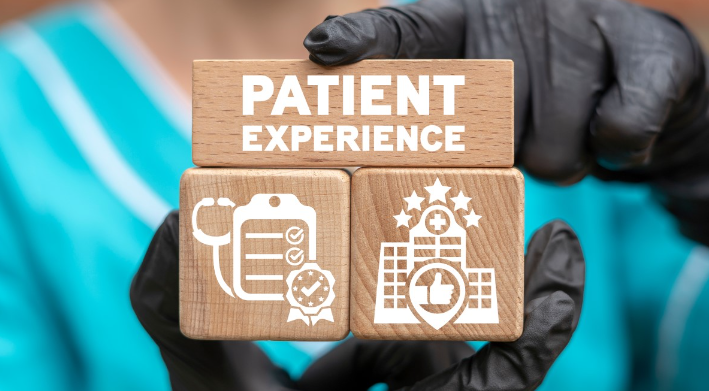In the realm of healthcare, patient feedback is not merely a means of evaluation; it’s a vital component that shapes the quality of care provided. Positive feedback not only boosts staff morale but also reinforces a sense of trust and confidence in the healthcare system. Mastering the art of eliciting positive feedback from patients requires a strategic approach that prioritizes patient satisfaction and engagement.
In this blog post, we’ll explore some effective tips for cultivating a positive practice through patient feedback.
Understanding the Importance of Patient Feedback
Before delving into strategies for mastering patient feedback, it’s crucial to understand why it matters. Patient feedback serves as a direct reflection of the quality of care provided by healthcare practitioners and institutions. Positive feedback indicates satisfied patients who are more likely to return for future services and recommend the facility to others. Conversely, negative feedback highlights areas for improvement and offers valuable insights into patient experiences.
Create a Patient-Centric Culture
Central to the mastery of patient feedback lies in creating a patient-centric ethos within healthcare institutions. This entails giving paramount importance to patients’ needs and preferences throughout their entire journey, starting from appointment scheduling to post-care follow-up.
Cultivating a culture that underscores patient satisfaction and active engagement enables healthcare providers to foster an environment that encourages positive feedback. Additionally, integrating electronic medical record (EMR) systems into patient interactions can further enhance communication, streamline processes, and facilitate personalized care, contributing to overall patient satisfaction and feedback.
Train Staff in Effective Communication
Effective communication is key to fostering positive relationships with patients and soliciting meaningful feedback. Healthcare staff should be trained in active listening, empathy, and clear communication skills to ensure that patients feel heard and understood. Encourage staff to engage in open-ended discussions with patients, allowing them to express their concerns, preferences, and feedback freely.
Implement Real-Time Feedback Mechanisms
Waiting until the end of a patient’s visit or treatment to solicit feedback may result in missed opportunities for improvement. Implementing real-time feedback mechanisms, such as digital surveys or comment cards, allows patients to provide feedback immediately after their interactions with healthcare providers. This not only increases the likelihood of receiving honest and timely feedback but also demonstrates a commitment to continuous improvement.
Personalize the Patient Experience
Every patient is unique, and tailoring the healthcare experience to individual preferences can significantly impact patient satisfaction. Personalization can involve simple gestures such as addressing patients by name, remembering their preferences, and anticipating their needs. By demonstrating attentiveness and empathy, healthcare providers can foster a deeper connection with patients and elicit positive feedback.
Respond Promptly to Feedback
Effective feedback loops are characterized by prompt acknowledgment and action in response to patient feedback. Healthcare organizations should establish protocols for reviewing and addressing feedback promptly. Whether it’s a suggestion for improvement or a commendation for exceptional care, responding promptly demonstrates a commitment to patient satisfaction and continuous quality improvement.
Use Feedback to Drive Improvement
Feedback is only valuable if it leads to meaningful change. Healthcare organizations should analyze feedback data regularly to identify trends, patterns, and areas for improvement. Whether it involves refining processes, addressing staff training needs, or enhancing facilities, feedback should inform strategic decision-making aimed at improving the patient experience.
Encourage Positive Reviews and Testimonials
Positive reviews and testimonials from satisfied patients can be powerful marketing tools for healthcare organizations. Encourage patients to share their positive experiences online through platforms such as Google reviews, Yelp, or social media. Providing incentives such as discounts or rewards for leaving reviews can motivate patients to share their feedback and contribute to the organization’s online reputation.
In Conclusion
Mastering patient feedback is a multifaceted endeavor that requires a commitment to patient-centric care, effective communication, and continuous improvement. By prioritizing patient satisfaction, implementing real-time feedback mechanisms, and leveraging feedback to drive positive change, healthcare organizations can cultivate a culture of excellence that resonates with patients and fosters long-term loyalty. Ultimately, mastering patient feedback is not just about receiving praise; it’s about creating meaningful connections, improving outcomes, and delivering exceptional care.






